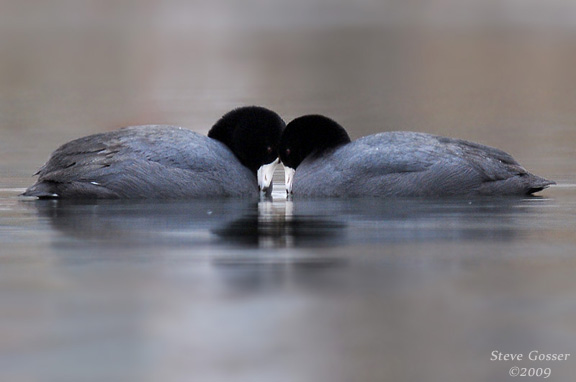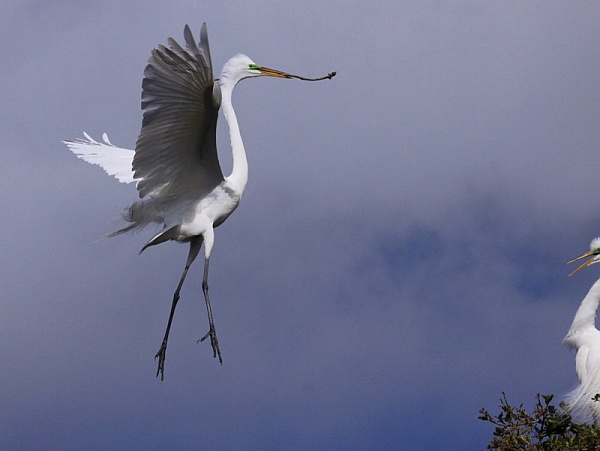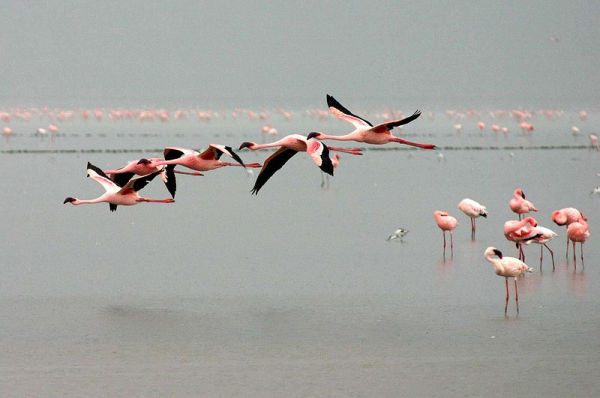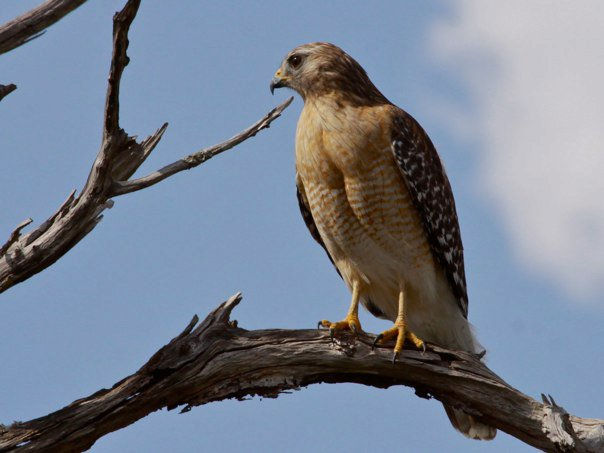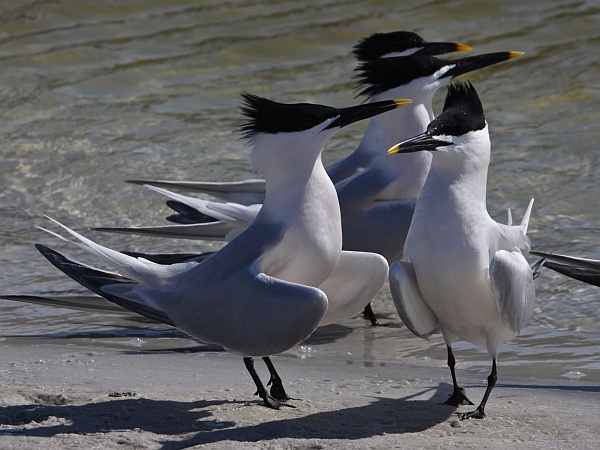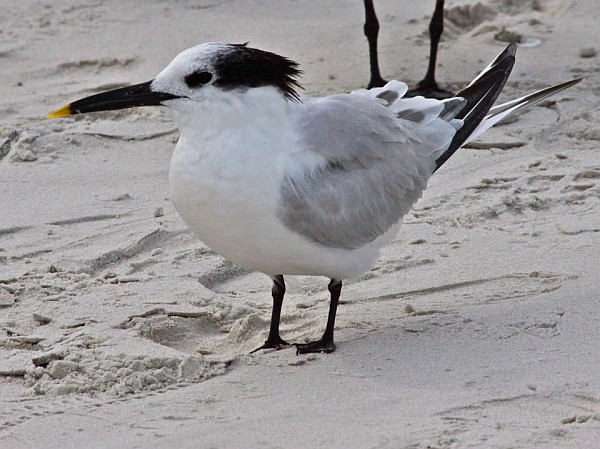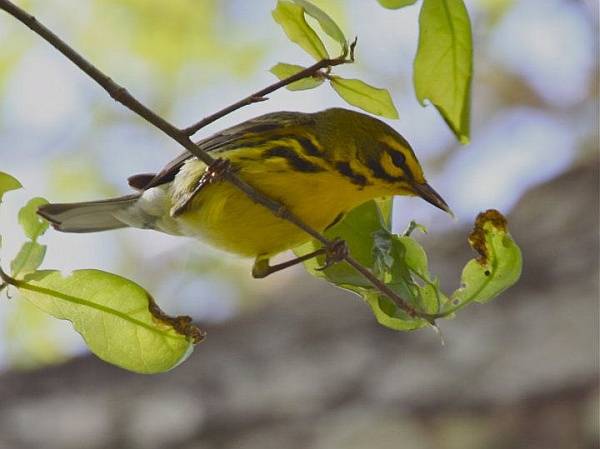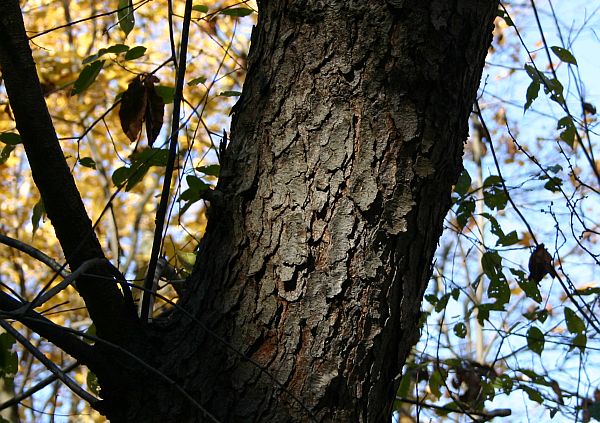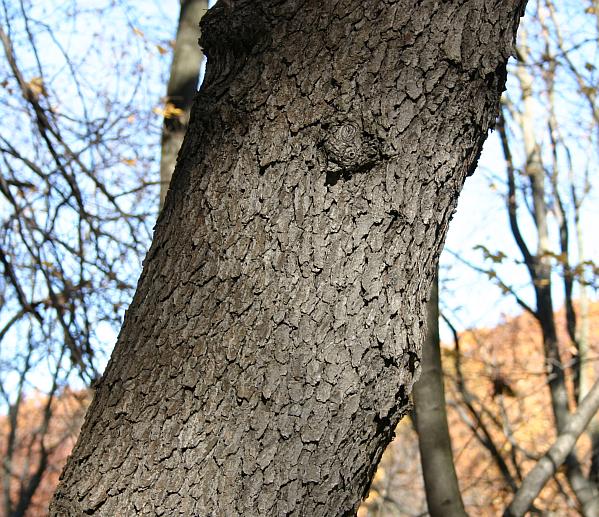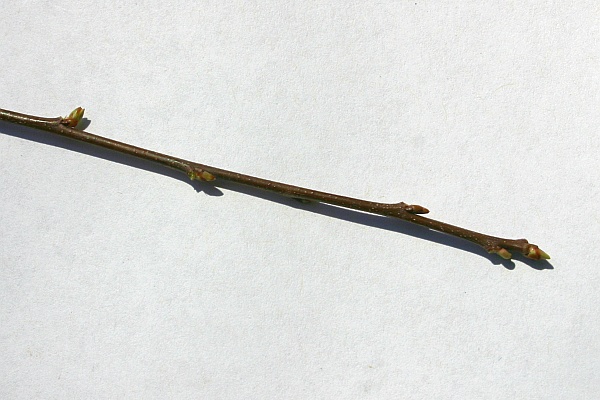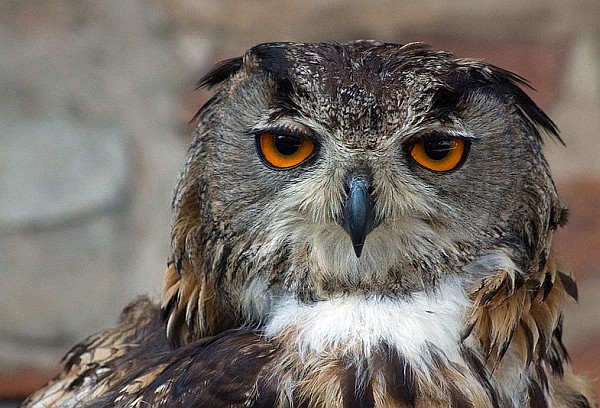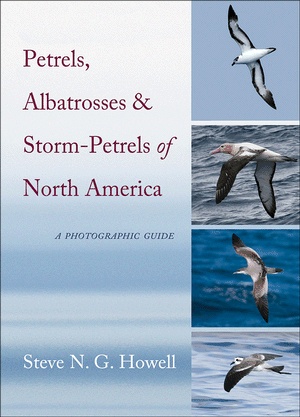
For humans the sea is the last frontier, a place so foreign we think it’s uninhabited. But it’s not. The open ocean is home to millions of birds we never see on land: petrels, albatrosses and storm-petrels.
Acclaimed ornithologist and author, Steve N. G. Howell, has written an excellent reference book about them, newly published by Princeton University Press. Petrels, Albatrosses & Storm-Petrels of North America describes in detail all the tubenoses (Procellariiformes) found off the coasts of North America.
Tubenoses earned their name because their nostrils are encased in tubes on top of their straight, hook-tipped beaks. The structures help them smell their food, even in the dark, and excrete salt from the seawater they drink. Tubenoses are excellent fliers and often make long migrations, sometimes circling an entire ocean in both hemispheres.
The book’s introduction helps us understand the sea and the birds who live there. The oceans are mobile and full of currents, windy on the edges, windless in the middle with hotspots of abundance and places as barren as a desert. The food supply can change in a day, in a season, and with storms. The birds live on the wind.
The species descriptions are incredibly detailed with field identification, plumage and molt, distribution, and behavior. Every account is richly illustrated with photographs of the birds and related or similar species. The photographs are amazing, sharp and clear, even when there are towering waves in the background. Quite a feat in a rocking boat!
The best tip in the book is one that has helped me on the few pelagic trips I’ve made in the Gulf of Maine. Before you go out to sea, study the birds you’re likely to encounter (only 12 to 20 species on a day-trip, of which 4-10 will be tubenoses). Early study really helps because it’s hard to juggle a field guide while observing birds on a windy boat.
Petrels, Albatrosses & Storm-Petrels of North America is a solid reference guide. At 500 pages it weighs 4 pounds. You might think this is too heavy to carry in the field — certainly it’s much more detailed than a field guide — but consider this. To see these birds you must be on an ocean-going boat that has tables where you can set the book down and study it while you motor out to sea.
If you’re planning to see or study tubenoses you’ll want to own Petrels, Albatrosses & Storm-Petrels of North America by Steve N. G. Howell. Click on the image above to read more about the book and buy it at Princeton University Press.
(book cover from Princeton University Press)
p.s. If you have the book in hand, check out my favorite photograph on page 66.
